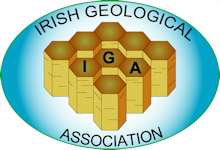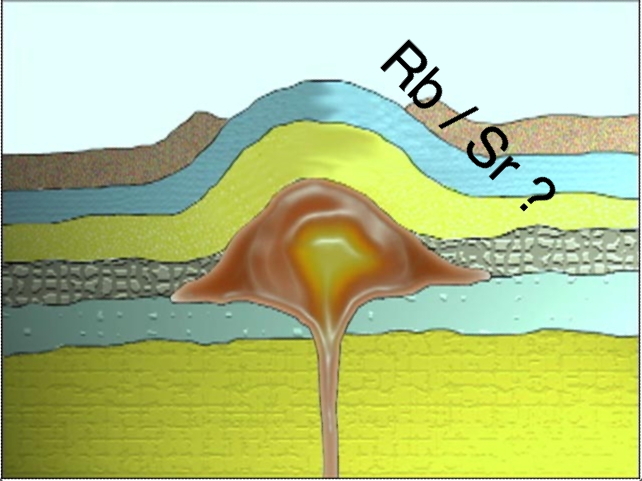IGA LECTURE Wednesday, 14th September, 2011
GRANITES AND GNEISSES OF THE SUDETES, POLAND: LUMPS OF ROCK AND OLD-FASHIONED ISOTOPES
Speaker: Dr. Patrick Wyse Jackson (TCD)
VENUE: Museum 4, Dept. of Geology, Muesum Building, Trinity College, Dublin 2.
TCD MAP and DIRECTIONS
TIME (NOTE NEW TIME): 6.00pm
Abstract
For some time, precise ages and complex crystallisation histories have been garnered with forensic precision from single granite minerals. For this geologist, however, long unsure that mineral grains can truly mirror the complexities of granitic rock, retains an interest in whole-rock data, especially Rb-Sr isotope data. These do not deliver precise ages and are, in the history business, rather out of fashion – a bit like dips and strikes.
The granites of the Polish Sudetes on the N margin of the Bohemian Massif are well known for seminal studies on granite petrography, fabric and structure. Who does not remember H. Cloos and schlieren domes? As with all granites, the magmas variously fractionated, mixed, assimilated wall rock, homogenised – in fact, did all the myriad things that granites do. Rb-Sr data that might have recorded crystallisation ages were thus open, as always, to corruption and noise. Persuasive Rb-Sr ages are few. Nevertheless, whole-rock data do tell the history of the granites and granite gneisses of the Sudetes – if all known data is used, calculations based on small suites of samples ignored – and precision is given some slack. On a single graph of all raw data, coherent arrays point to (a) ca 500 Ma original ages for what are now gneisses and (b) ca 325 Ma ages for Carboniferous granites. Deformation at ca 400 Ma ropes in all errant data. The precise dates of other methods potentially give detail. The whole-rock data, however, do something that the latter cannot do as yet; they bring a degree of coherency to a large region that maps as a complex tectonic mosaic of basement blocks and shear zones. In that, the Rb-Sr data are truly a bit like dips and strikes. Matching a granite Rb-Sr ‘map’ to a geological map may aid understanding of granite origin, intrusion and emplacement – all prone to controversy.
This talk will end with a model, based on the largest exposed Sudetes granite (Karkonosze) and the Irish Caledonian equivalent (Leinster), briefly exploring the role of envelope rocks in the whole process, and maybe even revealing a garden path or two.


